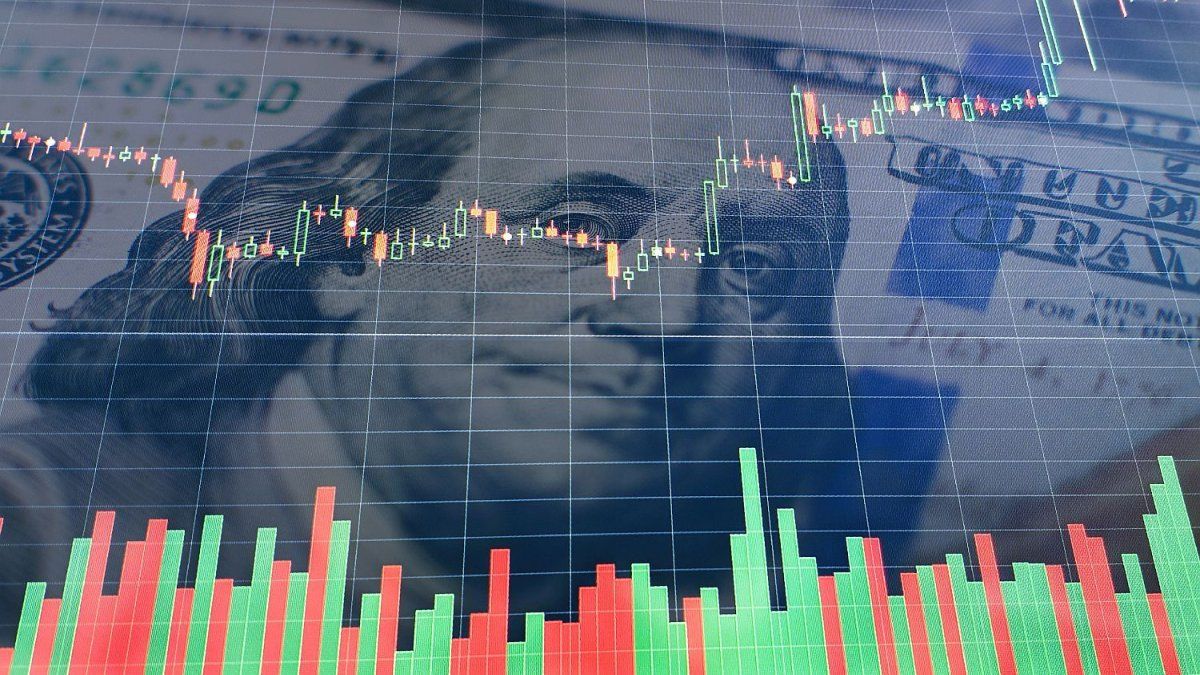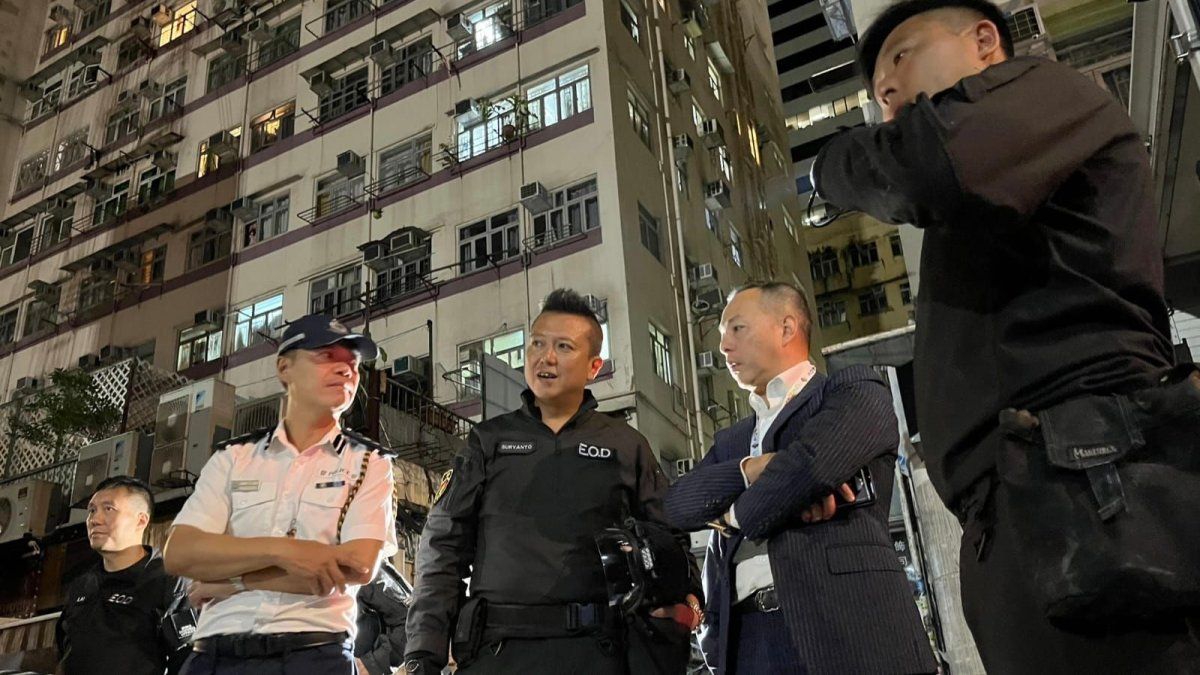In his recent speech marking one year of his administration, President Javier Milei reaffirmed its commitment to eliminate the exchange rate in 2025. Among the alternatives mentioned, the president indicated that it could be realized through a program with the International Monetary Fund (IMF) or through agreements with private parties.
The elimination of the stocks is essential to normalize the country’s exchange rate policy, especially after progress on other economic fronts. During its first year in office, the government has implemented measures aimed at correcting structural imbalancessuch as reducing the fiscal deficit through spending cuts and adopting a monetary rule to contain issuance. However, the stocks continue to be a significant obstacle to the free movement of capital and the sustained growth that Argentina needs.
The effects of the stocks on the economy
The stocks have been a limiting factor in Argentine economic growth during recent decades. Although there have been temporary rebounds under this scheme of restrictions, sustained development is unattainable in a context that restricts access to foreign currency. A large part of economic agents face difficulties in obtaining foreign currency, either in the official market or in financial markets, which generates tensions over a significant stock of pesos in the economy that could put pressure on the value of the dollar.
The market also perceives the stocks as a limit to the improvements achieved in other areas. During this first year, the government has identified various conditions necessary for its elimination, which have evolved over time. Initially, the need was raised to resolve the accumulation of demand from importers and to clean up the Central Bank (BCRA) eliminating paid liabilities. Later, the requirement to neutralize puts on part of the local debt was added.
Current conditions for the elimination of the stocks
Currently, the main conditions defined by the government are three:
- Balance between the monetary base and the expanded monetary base: This would be achieved through growth in the demand for money that eliminates excess pesos in the economy.
- Inflation close to 0%: Gradually reducing the pace of the “crawling peg” to accompany the inflationary deceleration.
- Strengthening reserves: Increase international reserves to face possible increases in the demand for dollars.
Although inflation has shown signs of slowing, it is still far from the proposed objective. The expanded monetary base reaches $47.7 trillion pesos, while the traditional monetary base remains stagnant at around $23-24 trillion. This stagnation reflects a slower liquefaction of the pesos due to lower inflation and an economy that, although it has stopped falling, is not showing a robust recovery.
Regarding reservations, The BCRA faces the challenge of accumulating dollars without compromising its monetary policy. The daily purchase of foreign currency is limited by the need to maintain the monetary rule, which involves selling those dollars in the financial market to repurchase pesos. The smaller the exchange gap, the lower the BCRA’s ability to accumulate reserves. Currently, the surplus pesos in the economy are equivalent to about USD 20 billion, which underlines the importance of having “fresh funds” to strengthen reserves.
excess weights/ccl
The government assured that the exit from the stocks will take place in 2025, but it faces a challenging environment.
Source: Buteler with data from the BCRA and market
Financing options for lifting the stocks
President Milei mentioned two possible sources of financing to ensure an orderly transition:
- An agreement with the IMF: This could provide a significant figure, although it would not necessarily cover the total amount needed.
- Private loans: With a decreasing country risk, this option could open the doors to the international credit market.
A combination of both alternatives is also being considered in the event that the IMF only agrees to partially finance the required funds. These resources would be essential not only to respond to greater demand for foreign currency, but also to address the “stock” of pesos that could put pressure on the exchange rate.
The challenges of 2025: an electoral year
The government assured that the exit from the stocks will take place in 2025, but it faces a challenging environment. The real exchange rate already reflects a growing backwardness, and exchange rate policy decisions could be influenced by that year’s elections. In addition, the strengthening of the dollar globally and accumulated inflation in 2024 pose additional risks.
The exit from the stocks will probably be gradual, eliminating restrictions and surcharges progressively. Measures such as the end of the COUNTRY tax, whose validity expires in the coming days, could be the first steps towards complete liberalization. However, unrestricted access for companies to the exchange market will depend on the BCRA’s ability to accumulate reserves and contain possible pressures.
The market carefully observes the government’s signals, aware that the elimination of the stocks is not only a technical decision, but also a crucial test of the credibility of economic policies in a context of high volatility.
Source: Ambito
I am Pierce Boyd, a driven and ambitious professional working in the news industry. I have been writing for 24 Hours Worlds for over five years, specializing in sports section coverage. During my tenure at the publication, I have built an impressive portfolio of articles that has earned me a reputation as an experienced journalist and content creator.




